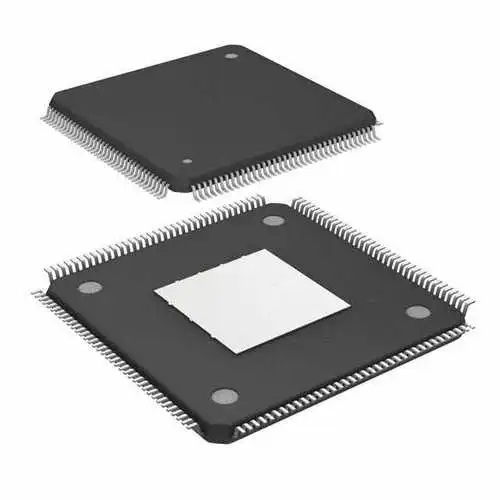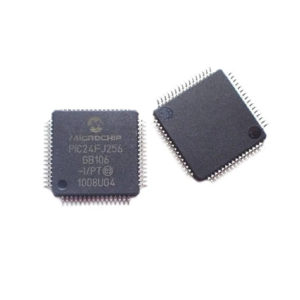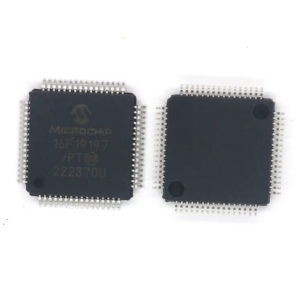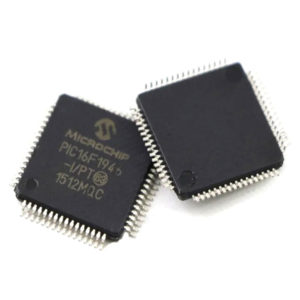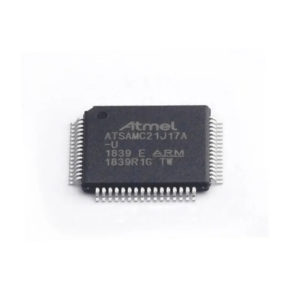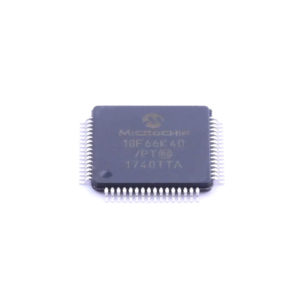10M08SCE144I7G
| Manufacturer | Altera |
| Description | IC FPGA 101 I/O 144EQFP |
| Category | Integrated Circuit |
| Package | LQFP-144 |
| Status | New & original |
| Ship From | HK/SHENZHEN |
| Stocks | 10,000 |
Please submit your BOM List or Input the part online
Description
The component “10M08SCE144I7G” appears to be an FPGA (Field-Programmable Gate Array) from Intel’s MAX 10 series. FPGAs in the MAX 10 family are known for their low cost, low power consumption, and moderate capacity, making them suitable for a variety of applications.
FPGAs are programmable integrated circuits that allow users to configure digital logic circuits and create custom digital designs. They consist of an array of configurable logic blocks, interconnects, and I/O (input/output) resources. The configuration of an FPGA can be modified or reprogrammed to implement different logic functions or complex digital systems.
Based on the naming convention used by Intel for their FPGA products, “10M08SCE144I7G” likely represents specific details such as the variant, package type, and speed grade of the FPGA.
The application of the “10M08SCE144I7G” FPGA would depend on its characteristics, features, and the requirements of the project or system it is being used in. Some common applications of MAX 10 FPGAs include:
1. Internet of Things (IoT): MAX 10 FPGAs can be used in IoT devices for tasks such as sensor interfacing, data processing, and communication. They offer low power consumption, small form factor options, and integration of multiple functions on a single chip.
2. Industrial automation: MAX 10 FPGAs find applications in industrial automation systems for tasks such as motor control, sensor interfacing, and communication with industrial protocols. They provide real-time control, low power operation, and support for various I/O interfaces.
3. Audio and video processing: FPGAs can be utilized in audio and video processing systems for tasks such as audio/video encoding, decoding, and filtering. MAX 10 FPGAs offer high-speed I/O, DSP (Digital Signal Processing) capabilities, and support for industry-standard audio/video interfaces.
4. Embedded systems: FPGAs like MAX 10 are commonly used in embedded systems for tasks such as real-time control, signal processing, and interfacing with various peripherals. They offer flexibility, reconfigurability, and integration of multiple functions on a single chip.



















































